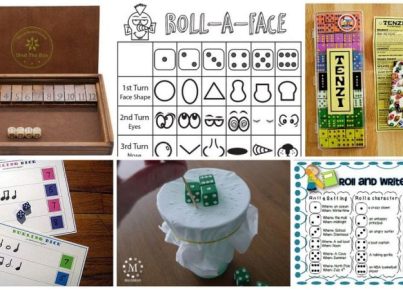3D printers are becoming increasingly popular in schools, and for good reason. They offer a unique and hands-on way for students to learn and engage with concepts in math and science. In this article, we will explore 9 different ways that teachers can use a 3D printer to teach math and science effectively.
- Model Creation: With a 3D printer, teachers can design and print models that demonstrate complex math and science concepts. Whether it is a molecule, an animal cell, or a geometric shape, students can visually understand these concepts better through tangible models.
- Prototyping: 3D printers allow students to design and iterate their own prototypes for various experiments and projects. This hands-on approach enhances critical thinking skills and problem-solving abilities.
- Data Visualization: Teachers can use 3D printers to create graphs, charts, and other visual aids to represent data. This makes it easier for students to analyze and interpret information in a more engaging way.
- Engineering Design: By using a 3D printer, students can design and print their own engineering projects, such as structures or simple machines. This encourages creativity and practical application of math and science principles.
- Renewable Energy Models: 3D printers can be used to create models that showcase renewable energy sources, like wind turbines or solar panels. These models help students comprehend the concepts of clean energy and sustainability.
- Customized Learning Tools: Teachers can design and create customized learning tools specific to the needs of their students. This could include tactile aids for visually impaired students or manipulatives for kinesthetic learners.
- Anatomy Models: Deeper understanding of the human body can be achieved by printing anatomical models. Students can examine and explore organs and body systems in a more interactive and realistic way.
- Mathematical Puzzles: Teachers can 3D print mathematical puzzles and manipulatives, such as puzzles with geometric shapes or tangrams. These hands-on activities enhance problem-solving skills and spatial reasoning.
- Collaboration and Sharing: 3D printers provide opportunities for collaborative work and sharing among students. They can work together to design and print objects, fostering teamwork and communication skills.
By utilizing the capabilities of 3D printers, teachers can revolutionize the way math and science are taught. These innovative teaching methods enhance student engagement, understanding, and retention of concepts. So, embrace this technology and start incorporating it into your classroom to create a more interactive and impactful learning experience for your students.





